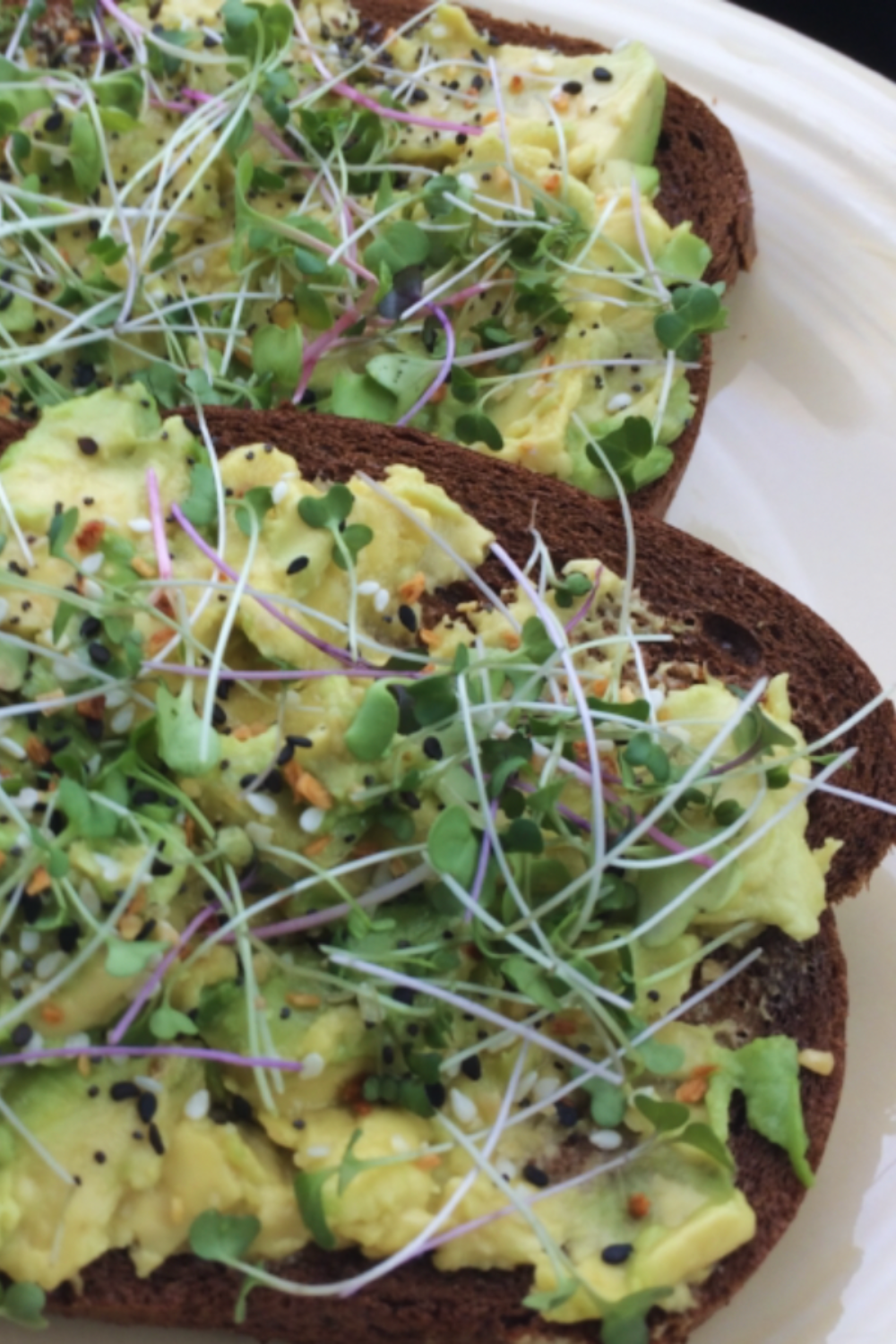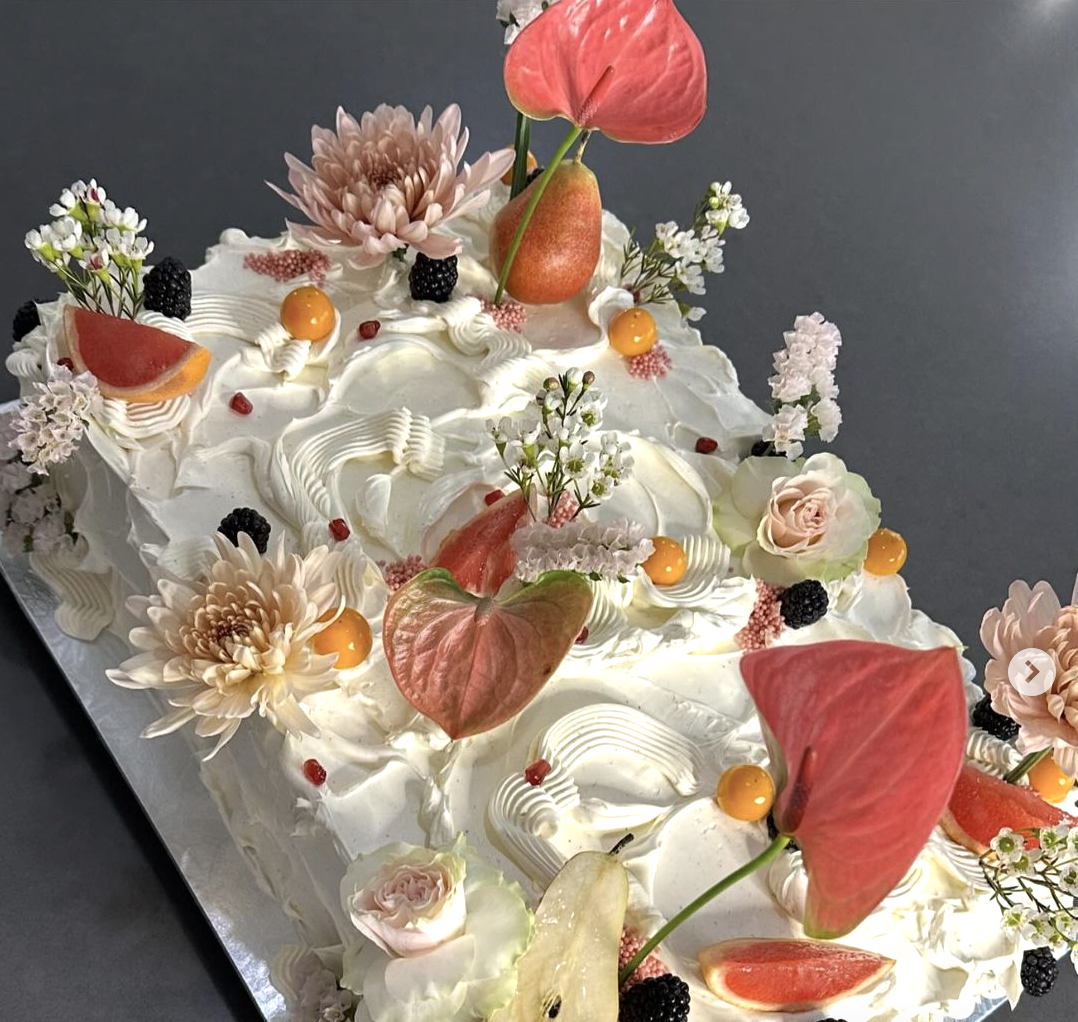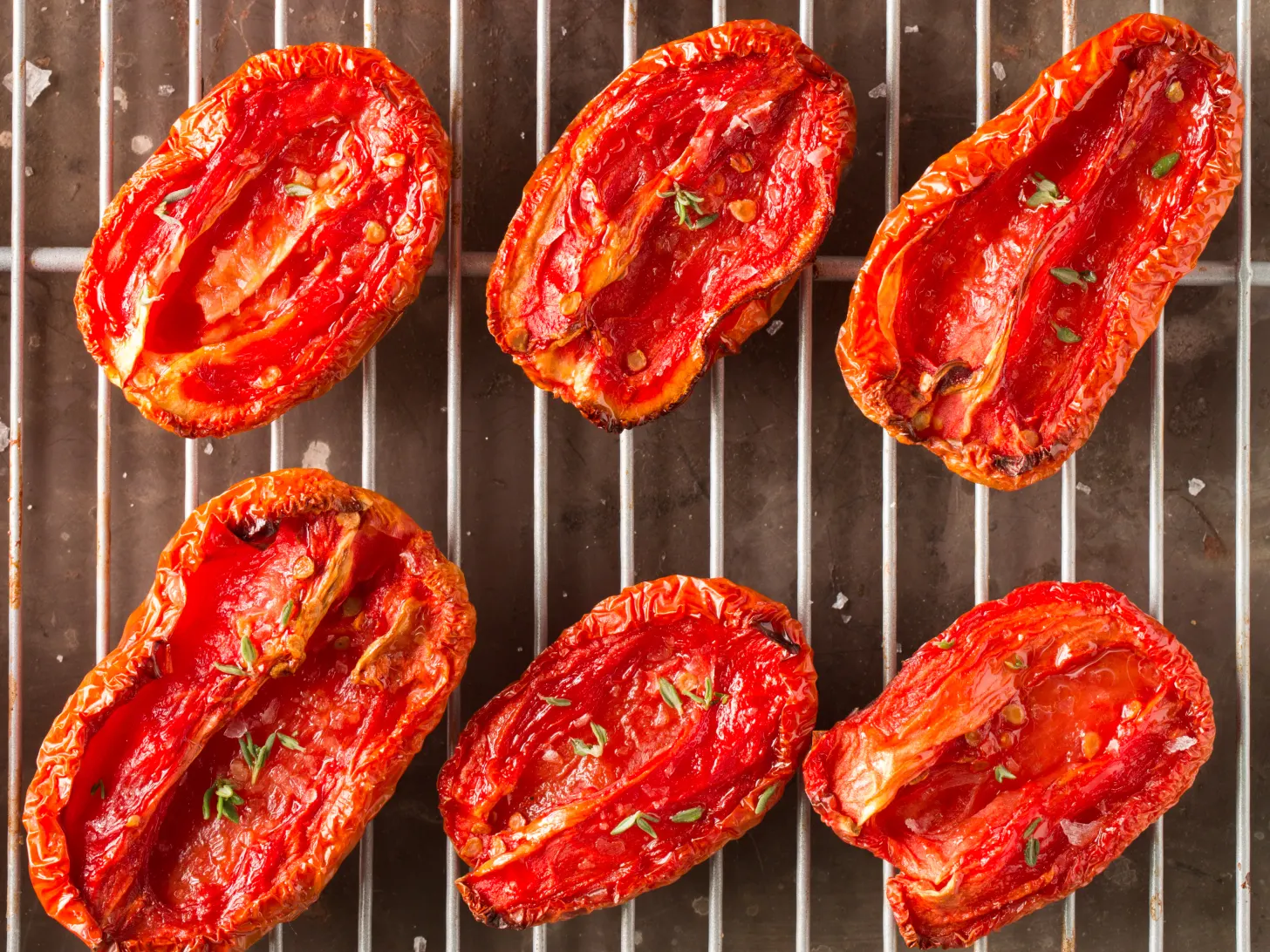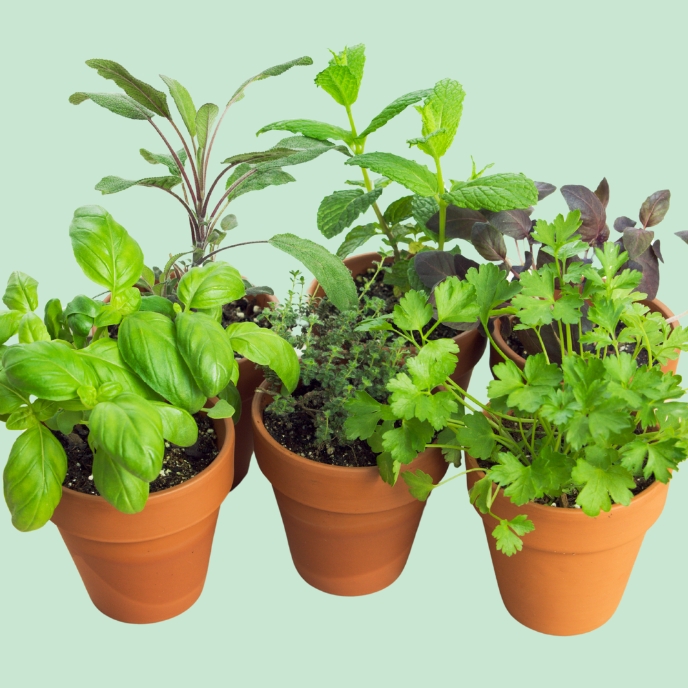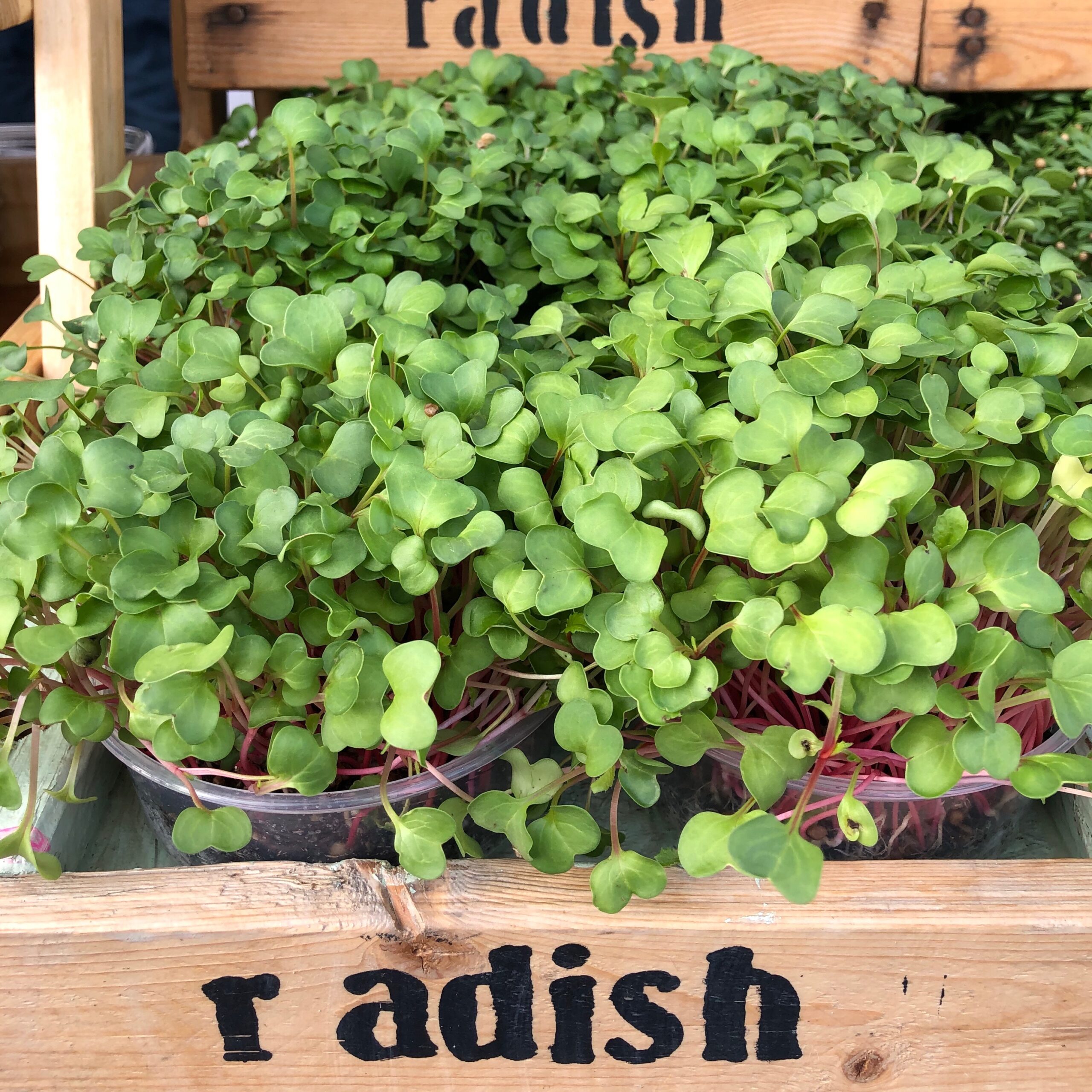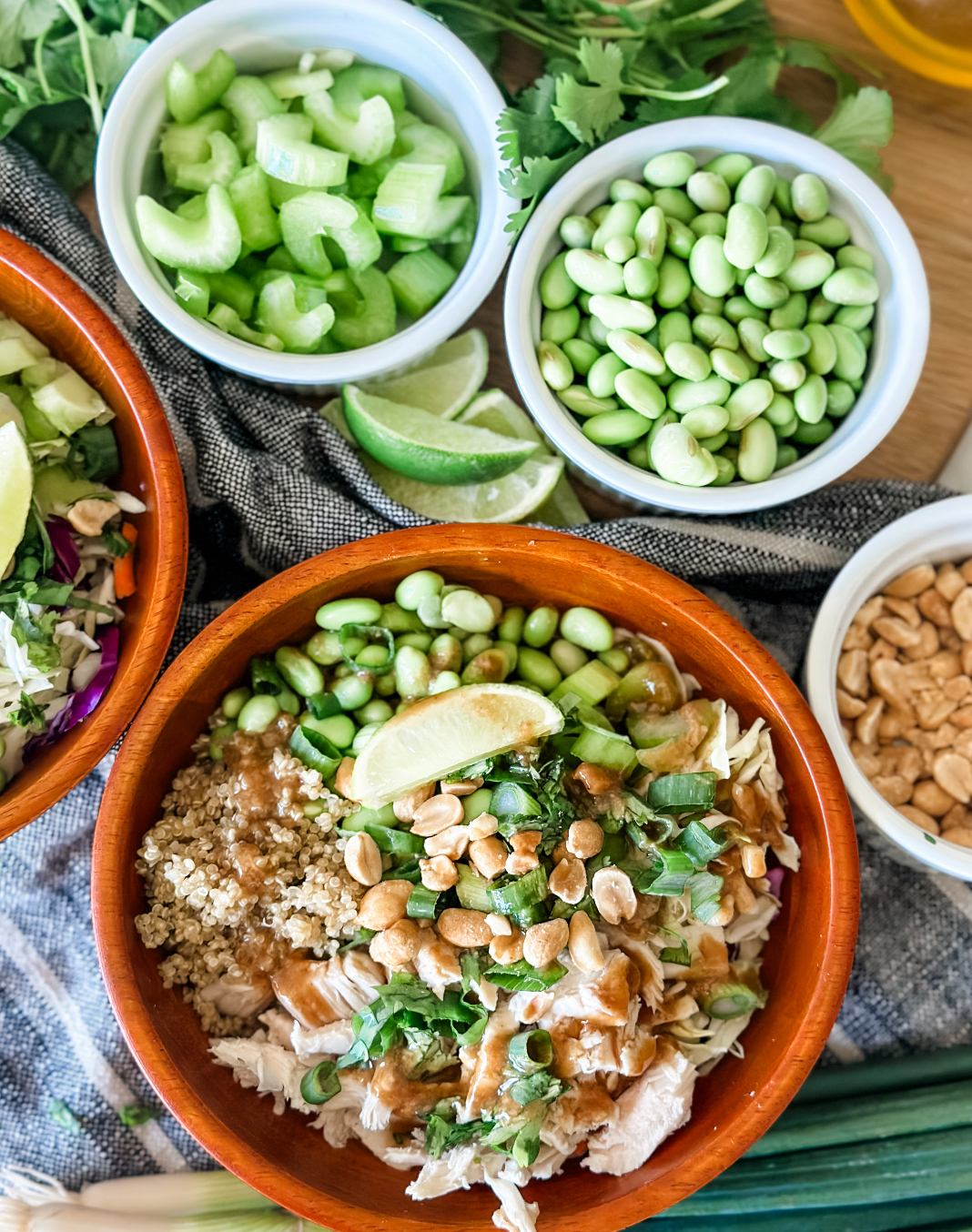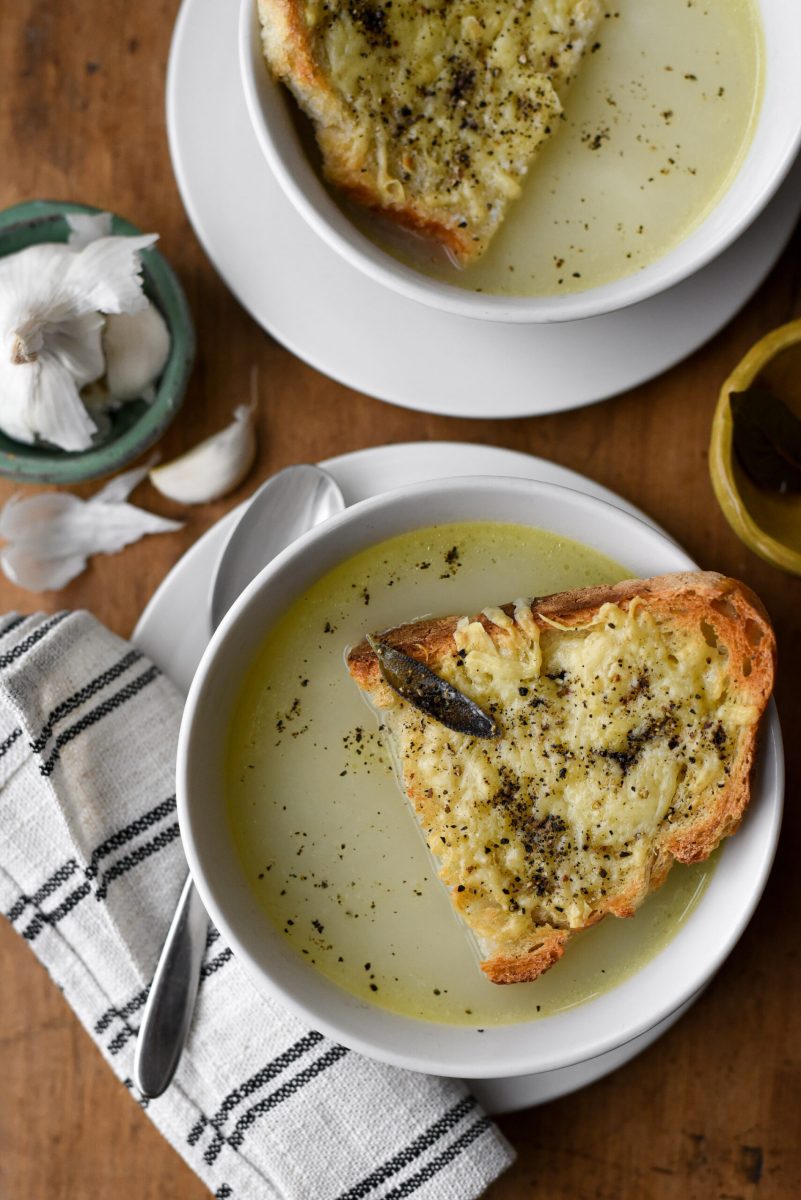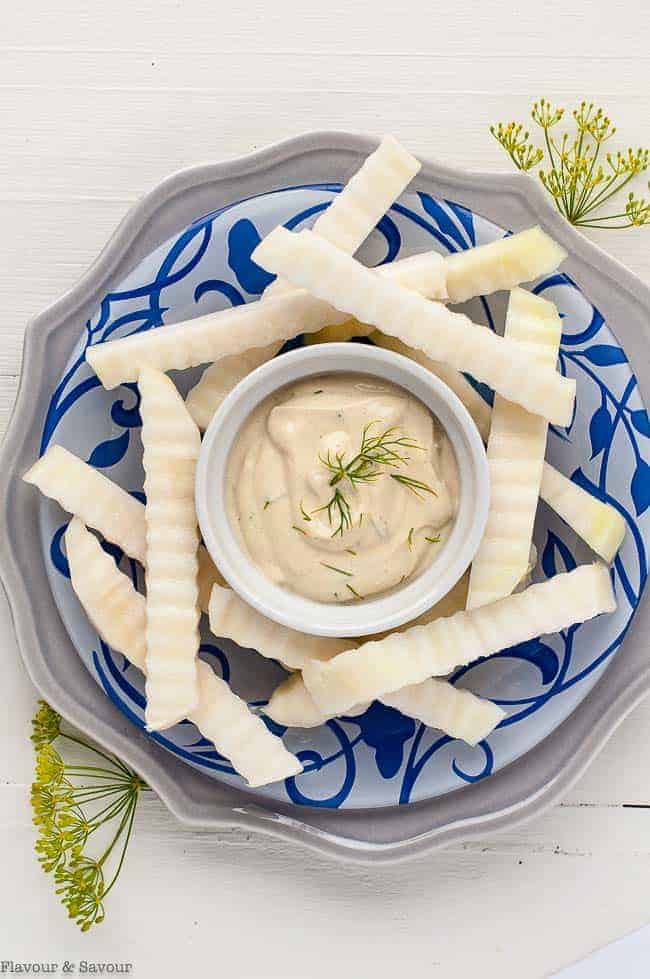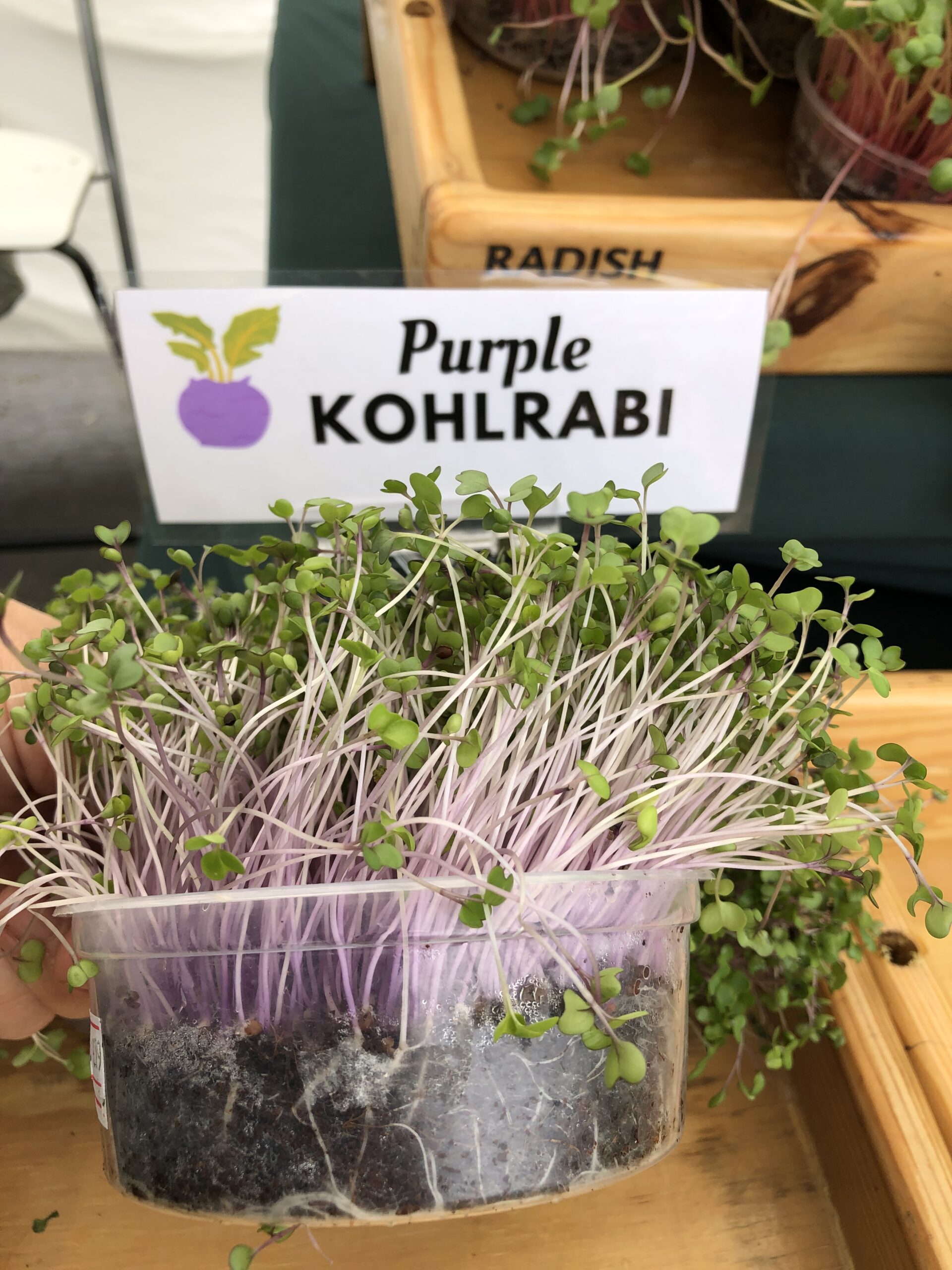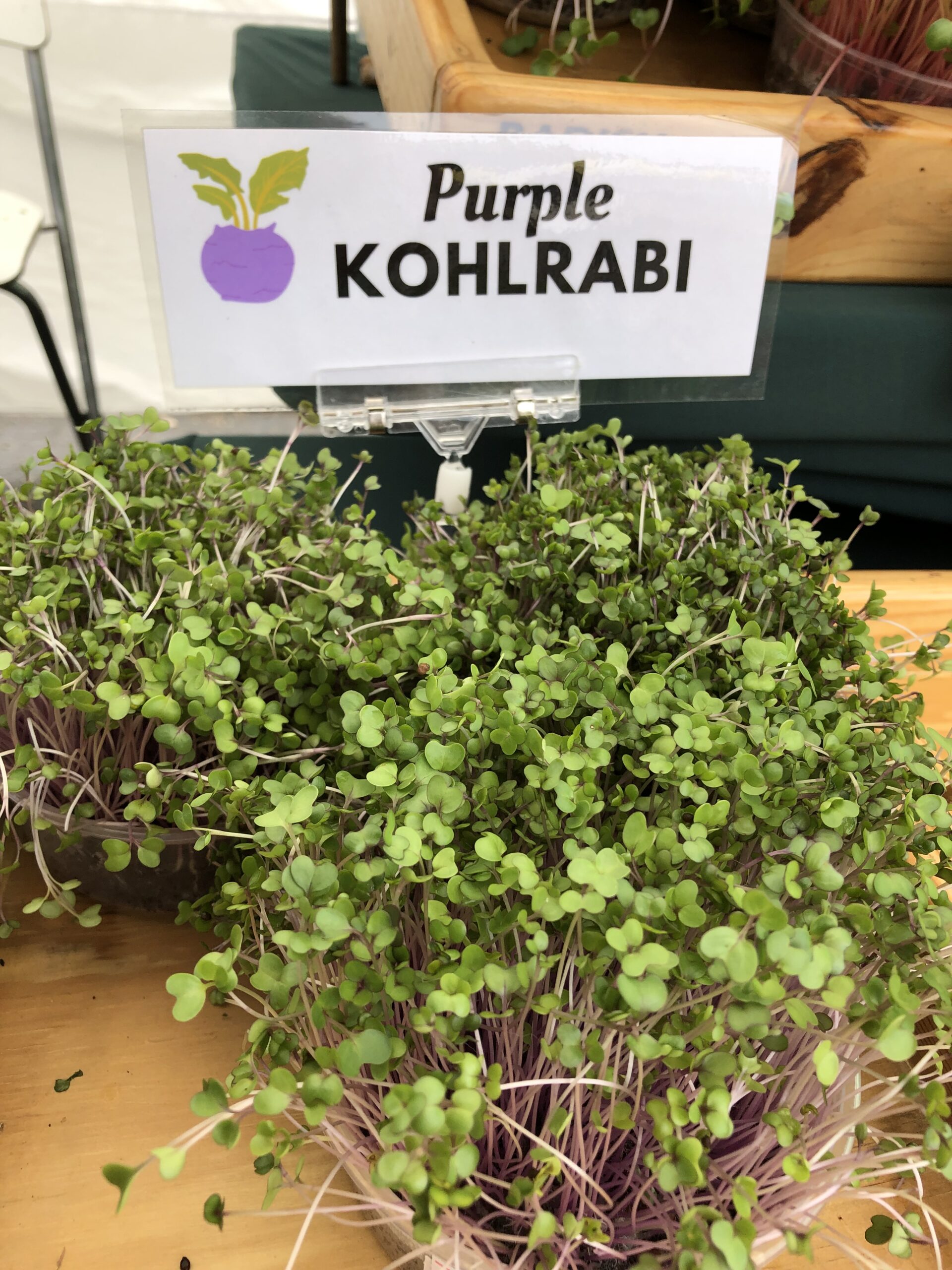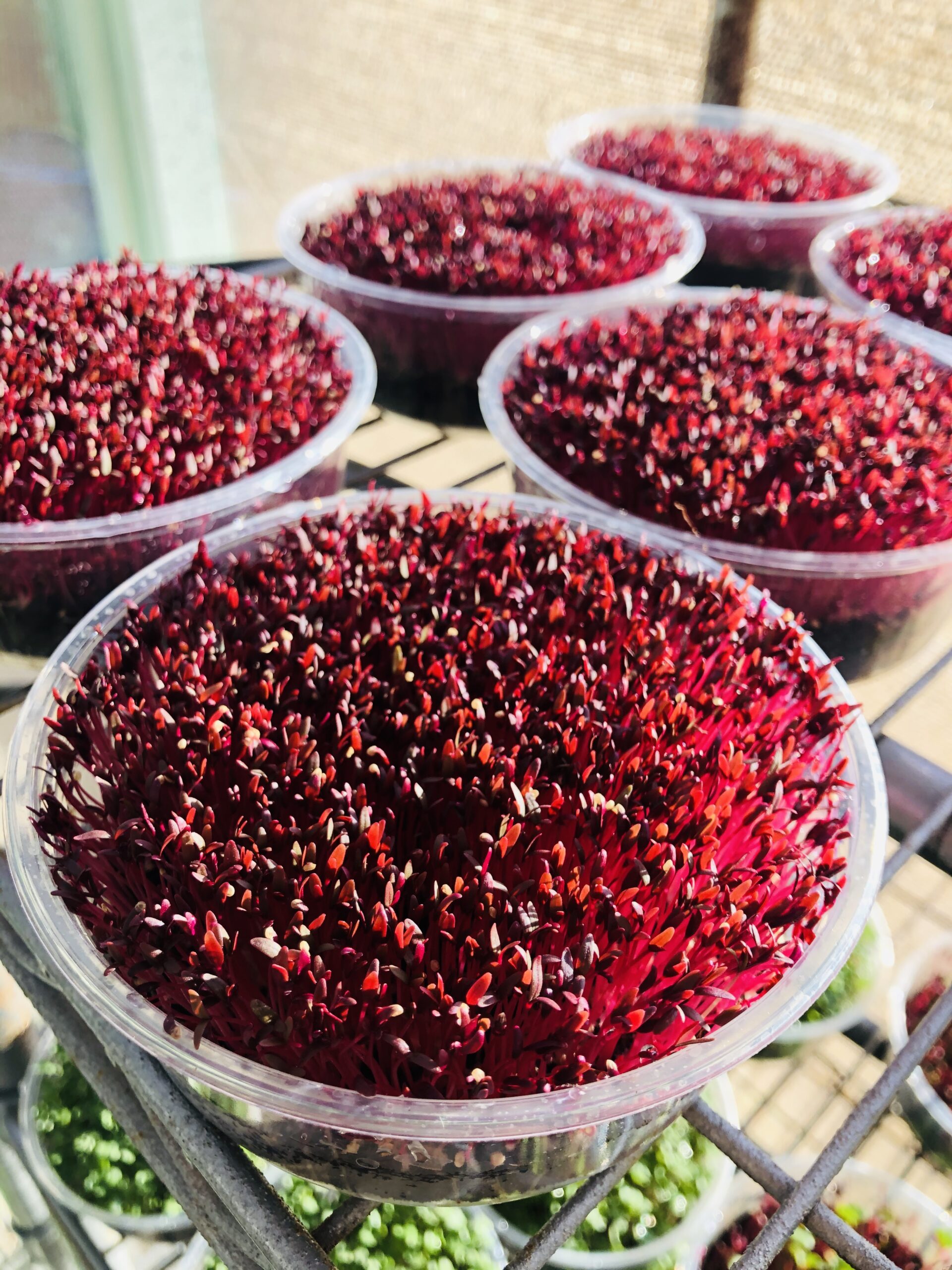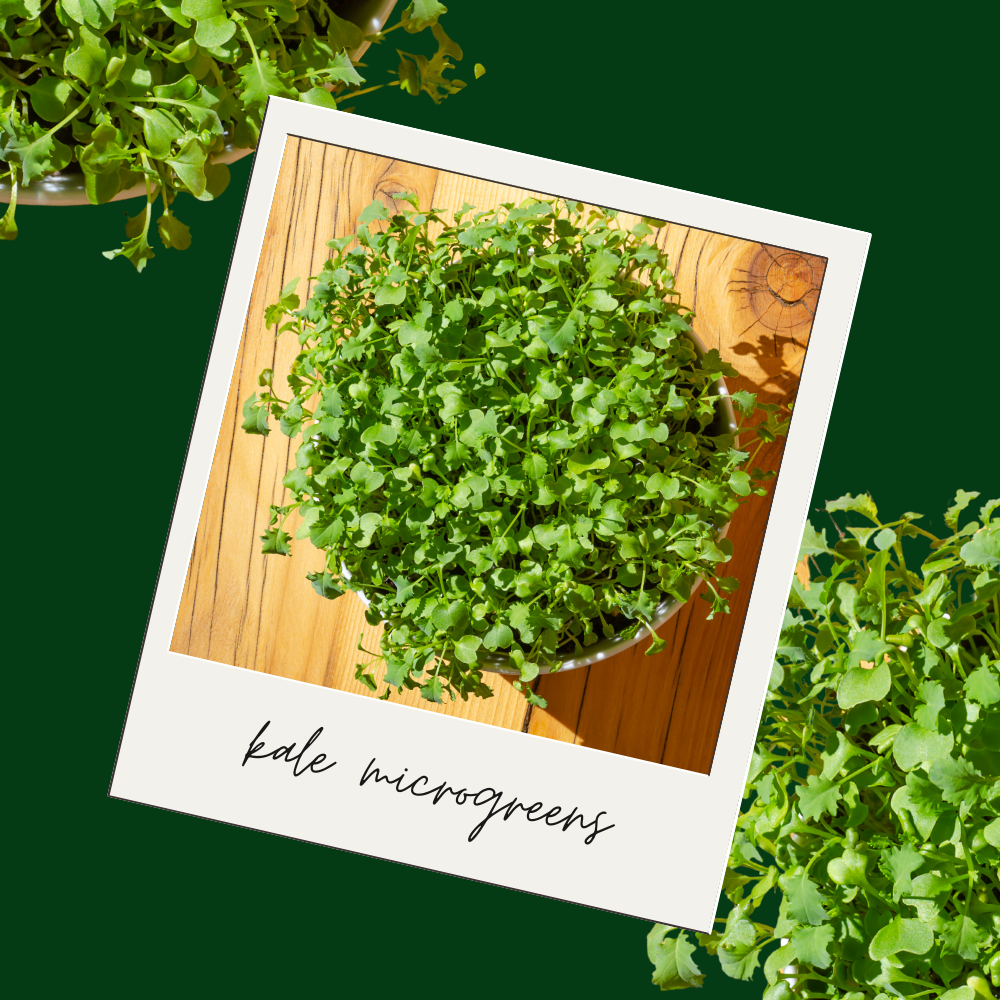The same seed that becomes a radish bulb creates the radish microgreen. The radish seeds planted in the microgreen-method are not treated with any fungicide or other kind of seed treatment solution that a radish intended for the fields could be treated with.
You can grow radish microgreens from any variety of edible radish (including daikon radish). Several radish seed varieties are called “sprouting” seeds because they tend to grow fast, are untreated, and have great flavor. It isn’t that microgreens are grown from special seeds– its that microgreens are grown in a special way that differs from how you’d plant radishes in your garden.
2. What do Radish Microgreens Taste Like?
Radish Microgreens taste like a peppery radish bulb. You might think that a radish microgreen looks leafy and would taste similar those green leaves that come attached to full grown radish bulbs, but the radish microgreen tastes more like the bulb than those hairy and tough radish greens.
The beauty of the radish microgreen is that you can get that same peppery radish punch, in the form of a delicate and crunchy tiny plant. Where you might not want to eat radish slices on your next (veggie) burger the radish microgreen would make a lovely addition of pepper, texture, and color. You can even substitute microgreens for the lettuce on your favorite sandwhich to bring a serious flavor enhancement.
3. If Radish Microgreens Taste Like A Radish Bulb, Why Wouldn’t I Just Eat A Radish?
The simple answer is variety, texture, flavor, and nutrition. The radish microgreen is tiny, packed with more vitamins and minerals than the same amount of radish bulb, allows to you to add just a dash of radishy goodness, is beautiful to look at, contains chloraphyll, has a different texture than the radish bulb, and can be easily added to your everyday snacks and meals.
Radish microgreens aren’t intended to usurp the radish bulb, they just offer another way to add flavor, texture, color, nutrition, and fun to your life.
Just imagine, delicious and nutritious avocado toast sprinkled with flaky salt and just the right amount of peppery radish microgreen flavor. Perfect. But try to imagine that same avocado toast topped with slices of radish bulb. The mouth feel and texture would just not be the same.
4. How Do Radish Microgreens Compare Nutrition-Wise to Radish Bulb?
Microgreens as type of food are winning the nutrition race across the board. A thorough 2012 study published by the Journal of Agricultural and Food Chemistry (July) analyzed the vitamin concentrations in 25 varieties of commercially available microgreens.
Lucky for us, they analyzed the vitamin content of green daikon radish, China Rose Radish, and opal radish. The study determined that the varieties of radish are high in vitamin K, Vitamin C, Beta Carotein, and Vitamin E. Green Daikon radish is especially high in Vitamin E!
5. Where Can I Buy Radish Microgreens?
Since microgreens must be consumed while they are at the microgreen stage (meaning they have two seed leaves and possibly a third true leaf only) there is a limited window of time to harvest radish microgreens. For the best options, check out your local farmer’s market.
You can ask the grower how they grow their microgreens (soil based versus hydroponic and sunshine versus artificial light), where they source their seeds and the variety of radish they grow. You can also find out when it was cut, or buy them still growing to cut yourself.
You can also try growing them yourself. You’ll need seeds, soil and light.
